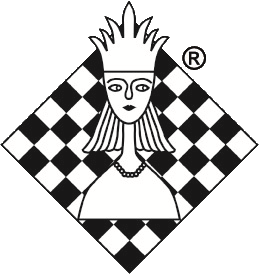All the ChessBase Cafe columns are saved in Adobe Acrobat format in the ChessCafe
archives. For your convenience we've listed all of them below with direct links
to the archived versions. (You'll need the Adobe
Reader to read these documents. It may already be installed on your computer.)
| #22, February, 2004.
So Many Questions. The questions dam is about to burst, so before it
changes to hate mail it’s time for another Q&A marathon. I’m going to start
with one of the great unasked questions of our era: why do I need chess
software? (And its corollary: If we are in the computer chess era, why
do I still buy so many books?) Give training software a try. Long Q&A:
CB 9 slow? Black line fever, annotation stripping, finding the perfect
opponent. Automated analysis quirks, moving files, many more. |
| #21, January, 2005.
Lesser Known Fritz Features. Every piece of software has too few features
for some people and too many for others. Most people might just want to
write a letter in Word and don’t use 95% of the features. ChessBase software
is in the same situation. It has dozens of features, a few of them barely
documented. We look at Fritz handicap features, premature resignation,
database tabs, using the opening book tab to train as you play. Also a
call for feature suggestions. |
| #20, December, 2004.
More Video Training. Some purists say you have to study and analyze
on a real board, at least part of the time. Computers are great, but for
really beating those variations into your head you need wood, so the thinking
goes, not flimsy pixels. Those purists must be horrified by the latest
ChessBase product line of video lessons. The Fritz Trainer series, now
with lessons by Garry Kasparov, introduces a level of potential passivity
in the user that rivals anything HBO can produce. How to get the best training
experience with the Chess Media System videos. |
| #19, November, 2004.
What's What in the ChessBase World. Of the big pile of questions that
have stacked up in my inbox, many are based on the confusion caused by
the sheer number of ChessBase products. For instance, the ChessBase section
at USCFSales.com lists over 100 items. To add to the bewilderment they
are all listed together alphabetically instead of by type or by release
date. Here's a handy feature guide, followed by a long Q&A section. |
| #18,
October, 2004. Playchess.com for the Tournament Player (and Organizer).
Playing in tournaments ups the ante of your dedication and emotional investment
in the game. That means it will improve your chess more as well because
you will concentrate harder and study the games more. If you are looking
to push your chess up to a new level, playing in tournaments is a great
way to do it. Playchess.com makes this easy, although perhaps not as easy
as it could be. |
| #17,
September, 2004. ChessBase9: Evolution or Revolution? There are
many dozens of new and improved features in ChessBase 9, although not many
of them can be categorized as new ideas. I’ve been fooling around with
a beta release of CB 9, and this isn’t really a review of the product.
But it’s a good opportunity to address one of the most frequent questions
I get: Who is ChessBase for? |
| #16,
August, 2004. Release Your Inner Chess Publisher. Putting games
on the internet with online and automatic replay using ChessBase 8. Step-by-step
instructions, explanation of the variation options with examples. Frames
or no frames, controlling text color and size, advanced tricks like using
just the board without the notation visible. Making interactive puzzles
using the variants option. Plus Q&A. |
| #15,
July, 2004. Q&A Marathon. The readers take over again. Some common
and not-so-common questions about Fritz and ChessBase. Why does it say
Shredder when I load Fritz? What is the piece probability function? Can
I make my own video lessons in Fritz? Why can't I upgrade my Fritz? Should
I get Fritz or ChessBase, and which database is right for my kid? Answers
to those questions and more. |
| #14,
June, 2004. I Want My Chess TV. ChessBase products that use the
new Chess Media System. Chess publishing has a history as long and interesting
as the history of publishing itself. In 1474 William Caxton printed Game
and Playe of the Chesse, the second book ever printed in English. The first
was a collection of Trojan War tales, the third was a Korchnoi game collection.
The CMS is in regular use for lectures and live event coverage at Playchess.com
and now they have taken the next step by releasing pre-recorded lessons
on CD and DVD. These are part of the “Fritz Trainer” series and the first
is Strategy and Tactics by English GM Peter Wells. |
| #13,
May, 2004. Start Your Engines. Using Fritz 8 and the various engines
for game analysis. Automated and assisted techniques. Still if you do care,
here are a few thoughts. In my extensive experience the last few versions
of Shredder are significantly better in the endgame than the other top
engines. Junior finds many tactical motifs faster than its peers and in
many cases will suggest sacrificial lines other engines undervalue and
ignore. Fritz doesn’t have any weak spots, but its main advantage seems
to be something more related to how it is attuned to the interface. |
| #12,
April, 2004. Opening Sesame. In a previous column we looked at
quick and dirty opening preparation using the “games to book” function
in ChessBase. This month we’ll take a step-by-step tour of creating your
own opening course with ChessBase and a large game database. Using and
supplementing the ChessBase 8 Opening Report function. |
| #11,
March, 2004. More than a Magazine. What is ChessBase Magazine on
CD-ROM and what is it good for? How can you best use it for training? It’s
not news that computers and the internet have revolutionized the study
and play of chess. Millions play against computer opponents at home and
against other humans online. Databases make it easy to find and play over
games; plus chess engines put a Grandmaster analyst at your beck and call.
|
| #10,
February, 2004. The Multimedia Circus. A huge number of questions
have arrived in the past month. Before diving in to the mailbag we will
take a look at something that has inspired more questions than any Fritz
function in memory, the new Chess Media System. Fritz and family now has
live and recorded audio and video capability. Here's how to get into the
action. Then, on to the many reader questions, including rating searches,
tablebase installs, and more. |
| #9,
January, 2004. Help for the Handicapped. When commercial chess
programs got strong the quest to make them weak started. Training tips
and suggestions for how to best use the handicap levels in Fritz and friends
programs. Tweaking the personality of the machine to get more "human" play.
Q&A on auto-annotation, endgame DVDs, and automatically saved games. |
| #8,
December, 2003. Something New, Something Improved. Breakdown and
differences between new ChessBase products. MegaBase, Encyclopedia, PowerBook.
Many of the questions I receive start with “what’s the difference between…”
but even explaining the exact differences doesn’t really tell inexperienced
users what would best suit their needs. I just received a pile of new products
and what follows is a combination buyer’s guide and tutorial for the latest
and greatest. Remember, it’s never too late to give yourself a Christmas
present! |
| #7,
November, 2003. In Playchess.com, No One Can Hear You Scream. Tips
and tutorial for improving your chess with online play. Analyzing your
games, statistics, and game data. Playchess has turned into one of the
most active online gaming sites in the world with over 100,000 games played
per day. You can even watch GMs like Adams, Short, Susan Polgar, and Nakamura
battle it out. (Some will even play YOU.) Fancy stuff like audio/video
broadcasts and anti-cheating algorithms add to the cool factor. |
| #6,
October, 2003. Q&A Marathon: Advanced Tips and Problems. It’s all
about the readers this month. I’ve been saving (hiding from) the really
tough questions that have come in so this time I’m tackling a few of the
mind-bending inquiries that have arrived over the past few months. As always,
I try to pick questions that have been sent in by several people and/or
will be useful for all readers. |
| #5,
September, 2003. Training by Becoming a Tournament Organizer with Fritz.
Our project this month is getting personalized opening training material
from Fritz using the Tournament function. It can be very helpful to have
sample games between strong opponents to study the openings. The best way
to get a feel for an opening is to go over complete games. Basically what
we are going to do is have our mighty engines play a thematic tournament
amongst themselves. |
| #4,
August, 2003. Better than Books: ChessBase Training CDs. Most people
buy chess books in a sincere attempt to improve the quality of their play.
Instructional books make up the huge majority of books offered and purchased,
but the problem is how inefficient they are for a majority of readers.
ChessBase produces enhanced chess books in CD-ROM format. A sampling and
how to use them. |
| #3,
July, 2003. Quick Opening Preparation for Mortals. The study masters
do before and during tournaments largely revolves around preparing for
specific opponents. So let’s look at how mere mortals can use ChessBase
to brush up on a few openings before a tournament or a game. Create custom
opening books from databases in minutes using the book and repertoire functions. |
| #2,
June, 2003. The Fritz Fairy Analyzes and Annotates While You Sleep.
Chess isn't all that hard – when you have a slave to do all the tedious
stuff for you. In his Chess Cafe column Mig Greengard tells you exactly
how to give Fritz the job of analyzing your games, checking for blunders
and writing annotations in plain English. He also answers email and answers
your questions. |
| #1,
May, 2003. Inside Output: Publishing with Fritz and Friends. In
the first installment of ChessBase Cafe Mig tells us about automatic HTML
and diagram output with ChessBase 8, with lots of useful links and tips.
Put games online or in print, make diagrams that look just the way you
want, and export ready-to-publish HTML and word processor documents. |
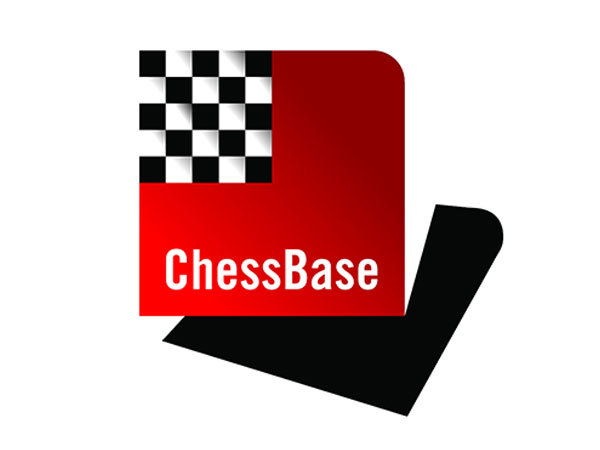












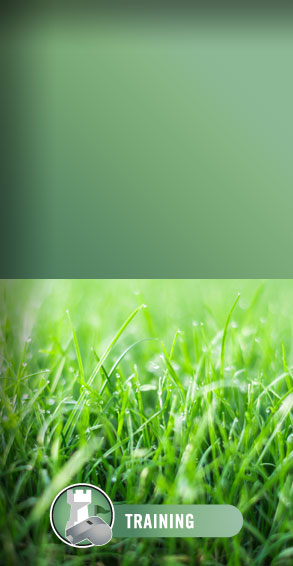
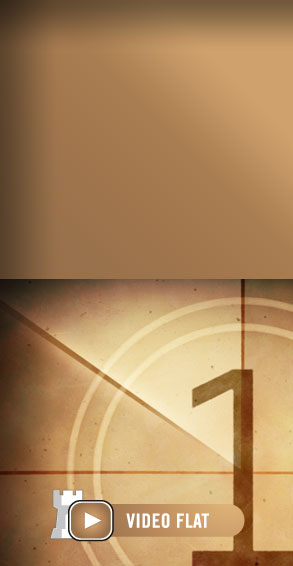
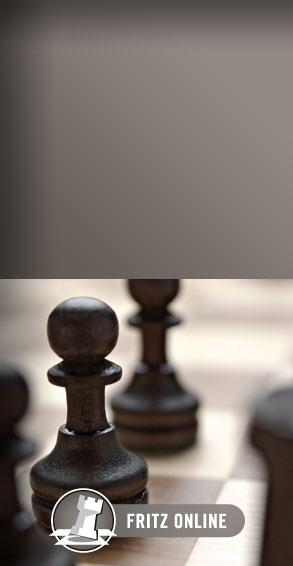
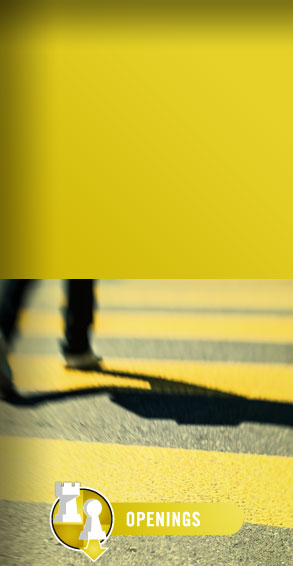
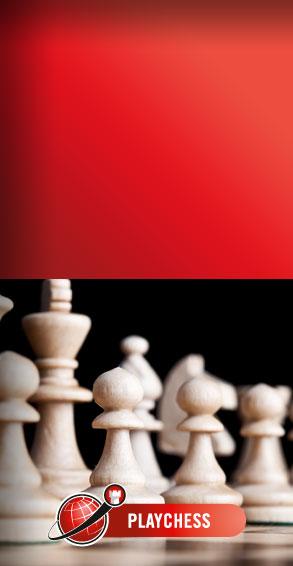
 Mig
Greengard writes a monthly column on getting the most from your ChessBase software.
It includes tutorials and an essential Q&A section where you can send in your
questions. Called "ChessBase Cafe" it appears at the ChessCafe.com website.
The latest column always appears at this link:
Mig
Greengard writes a monthly column on getting the most from your ChessBase software.
It includes tutorials and an essential Q&A section where you can send in your
questions. Called "ChessBase Cafe" it appears at the ChessCafe.com website.
The latest column always appears at this link: 



